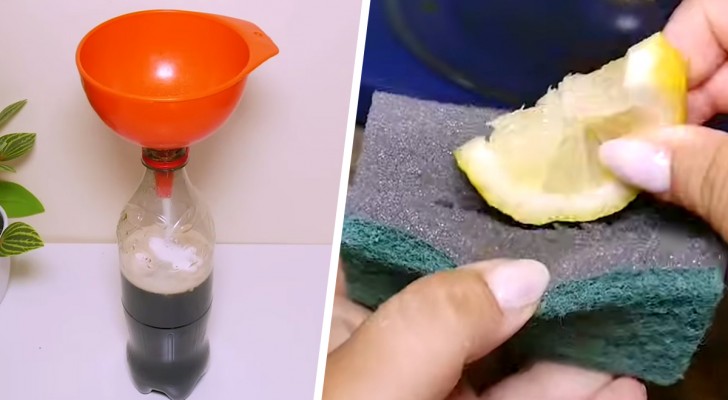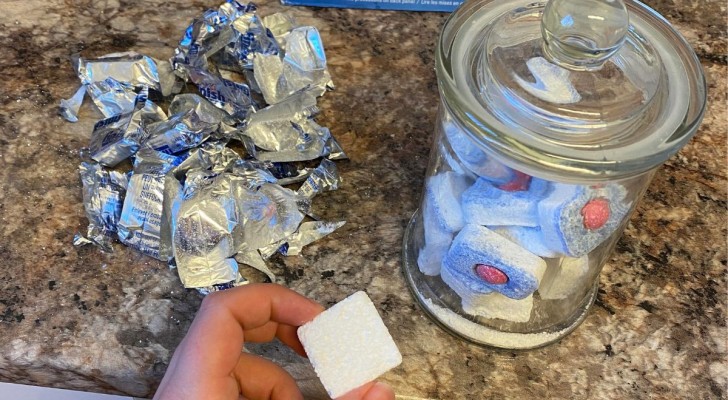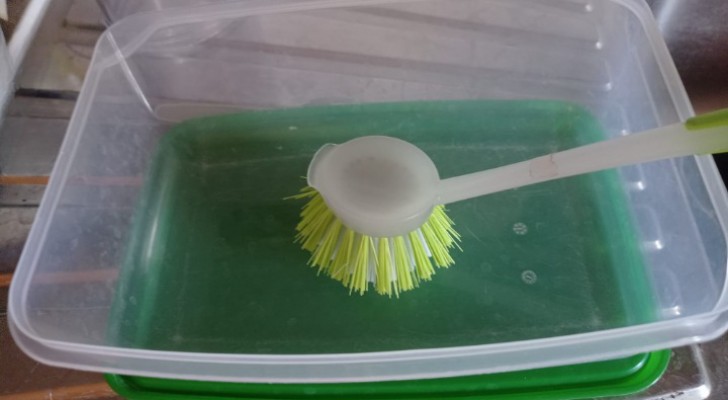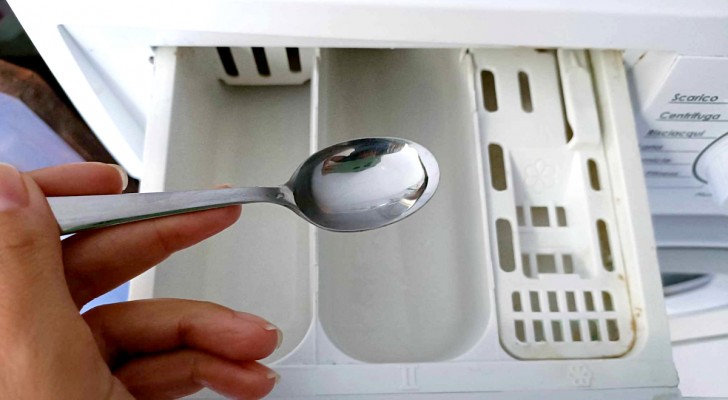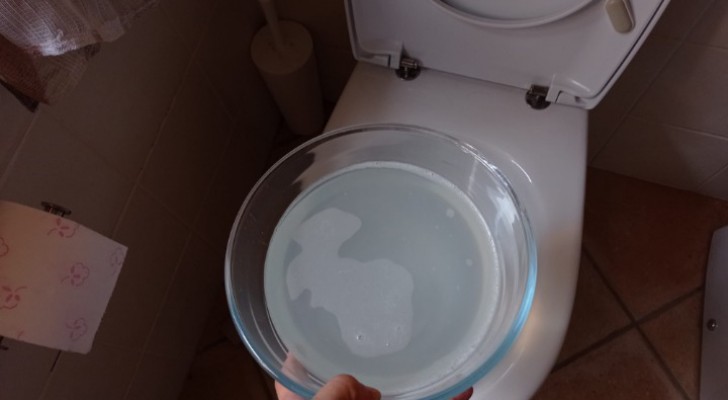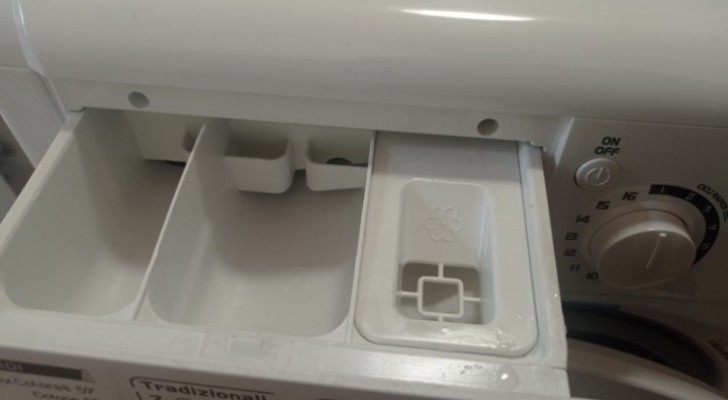Remove mold from shower cubicles, walls and wood: some useful tips

Especially in old houses or houses that have been closed up for a long time, it is common to find traces of mold in areas where humidity accumulates. In these cases, unsightly black spots appear not only on the walls, but also on the tiles of the shower and on wooden furniture and other structural elements.
If the mold is very extensive, it will be necessary to contact specialists, but if you intervene early enough it is possible to eliminate mold effectively. Once eliminated, it will be sufficient to prevent excess humidity build-up to avoid or delay its return (by providing good ventilation, for example).
Here are some tips for removing mold from wood, walls and tiles:
1. Wood
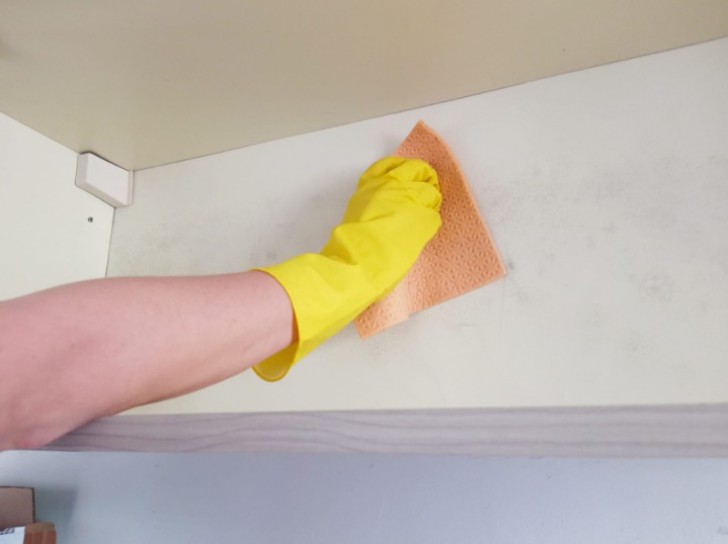
Creativo
Unfortunately, wooden surfaces can also be affected by mold. In this case, we advise you to remove the mold with these simple steps:
- Surface washing: dilute a tablespoon of dish soap in a liter of water and scrub the area to be cleaned with a soft bristle brush, removing excess water with a sponge.
- Recent, localized mold: if the mold has just started, it will be sufficient to spray distilled white vinegar on the surface and let it dry; then proceed with rubbing off until the stain has vanished.
- Extensively spread mold: if, on the other hand, the mold is widespread, it will be necessary to intervene with methods that eliminate it more effectively; we recommend in this case a mixture of equal parts bleach and water, to which will be added an amount equal amount of dish soap. Rub the mixture over the area to be treated with a soft bristle brush and let it air dry.
- Removing stains: if after treatment the stains remain, it will be necessary to remove them by sanding the surface to eliminate the spores and seal it to prevent new outbreaks.
2. Walls
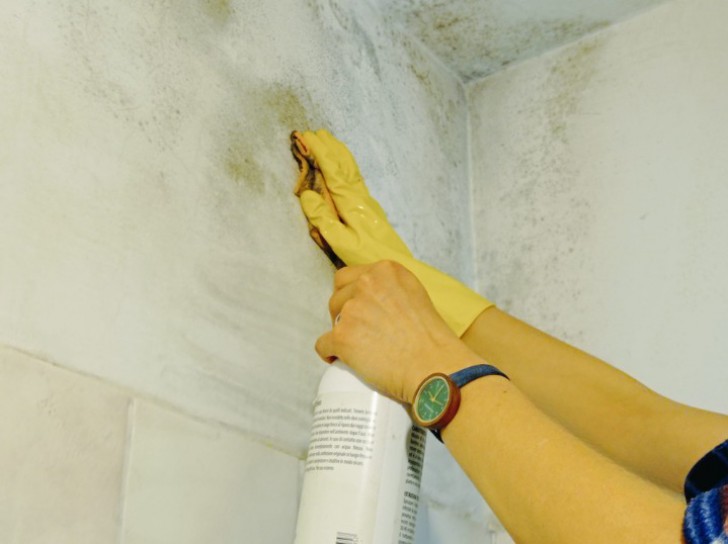
Creativo
To remove mold from the walls, there are several possible solutions:
- bleach diluted in water in a ratio of 1:2;
- pure hydrogen peroxide;
- distilled white vinegar with a tablespoon of dish soap.
Remember not to mix these 3 alternatives together and to rinse the walls off well before moving on to the next treatment, if the chosen one has not proved to be effective.
To apply the solution, use a spray bottle and spread with a sponge starting from the bottom, taking care not to wet the surface excessively and not to rub too hard. Let the wall air dry and, if stains persist, repeat the operation with one of the other above solutions.
3. Tiles
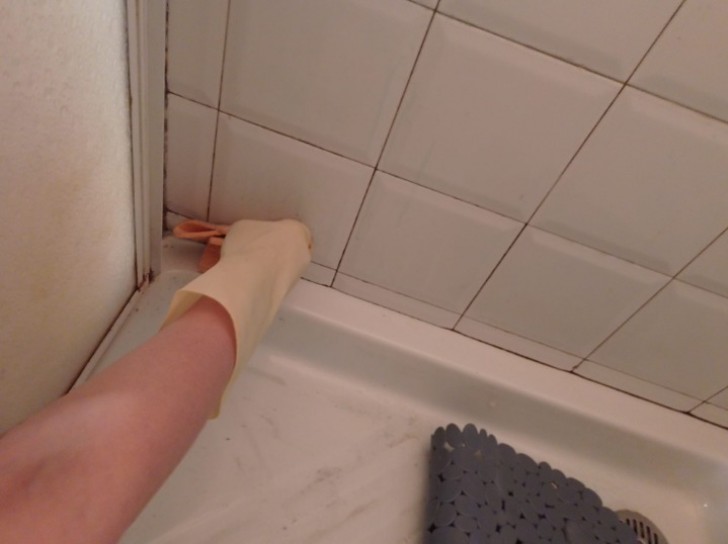
Creativo
For tiles, there are also many solutions, but it is important not to mix the different chemical compounds together incorrectly, rinsing the surface well before trying a new solution. Here are procedures:
- Bleach: bleach is the remedy of choice for eliminating mold; you need to dilute one part in 16 parts of water and apply it with a sponge. To remove mold from the corners, use cotton balls dipped in the solution. Once the solution has been applied, leave it to act for at least 15 minutes before scrubbing off with a nylon brush, then rinse well and leave to dry. Repeat the operation if the stains persist.
- 3-10% hydrogen peroxide (HP): less aggressive than the previous remedy, HP must be used fresh and undiluted. Spray it on the area to be treated and leave it on (it should start to fizz) for at least 15 minutes before scrubbing off, rinsing and air-drying.
- Distilled white vinegar: this product acts much more slowly than the previous ones and is therefore recommended for small and newly-formed mold stains. Spray it undiluted on the surface and leave it on for at least an hour before scrubbing off and rinsing. If the stains persist, remove them with HP or diluted bleach using a nylon brush.
- Baking soda or borax: these two remedies are not able to permanently eliminate mold, but they do inhibit and slow its growth. Use them by preparing a paste with a few drops of water and spreading it directly on the surface, leaving it to act for at least 30 minutes and rubbing off with a moistened brush. Rinse well and remove any residual stains with HP or diluted bleach.
Final considerations
Remember that mold can cause respiratory discomfort and chemicals can irritate the skin; it is therefore important to always work using a mask, eye protection and rubber gloves. Make sure that the rooms are always well-ventilated by keeping the windows open while you work. Finally, remember to rinse the used detergent off completely with plenty of water.
Are you ready to roll up your sleeves and get stuck in?
